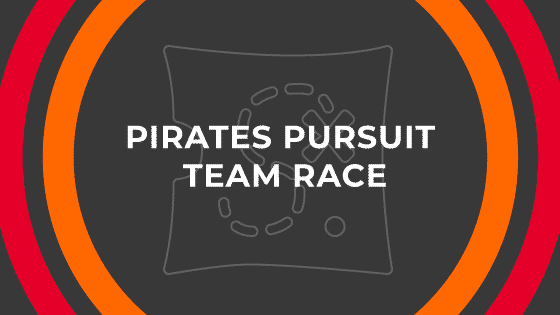AMAZING RACE TEAM BUILDING EXPERIENCE
COMPLETE CHALLENGES WHILE INVADING PIRATES AT THE ULTIMATE TEAM BUILDING EXPERIENCE

Inspired by CBS’s Amazing Race, this Amazing Race style team building experience combines the excitement of a reality TV race with a strong corporate team building dynamic! The focus is on having a great time with colleagues, while in engaged in playful competition. Bring out the ship captain in everyone while you and your fellow pirates have fun, compete and network with each other while creating lasting memories at the ultimate team building experience.
TEAMBUILDING PROGRAM DESCRIPTION:
After a brief explanation of Race Ground Rules, the Lead Facilitator blows a whistle and teams are off. First to their team pouches where they find their first clue… and then on to the race. Build a boat and race ‘er, create and raise a team flag, test your pirate trivia, belt out a pirate chant, serve up some grog, do the Cannonball shuffle… these activities and more create an event worthy of the scurviest Buccaneer.
Crew challenges are tailored based on your team, your objectives and the amount of time available.
